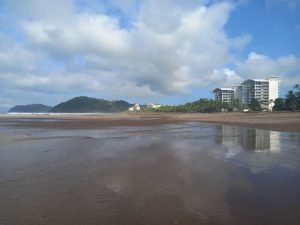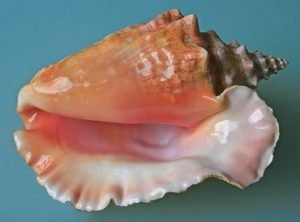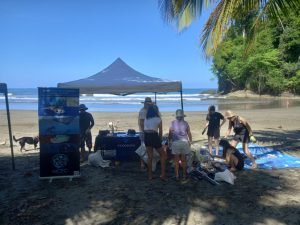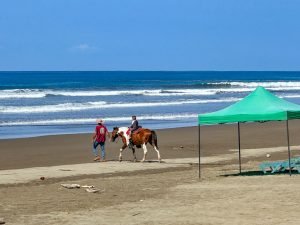Costa Rica’s Dark Sands

Why are most Costa Rican beaches dressed with dark sand?
Most people who ask this question get the standard answer – the sand is ‘volcanic’. But there is so much more to this story and to the details and history behind our beautiful grey and black beaches!


Our beaches are breath-taking and very diverse.
Costa Rican beaches are famous around the world – unspoiled, nature immersed, lined by lush jungles, coconut groves and majestic mountains, always warm and welcoming. The dark sand creates a spectacular, exotic contrast which holiday pictures are famous for: blue skies, white clouds, green mountains, foaming waves and, in between, dark and pristine stretches of sand. But we also have beaches of all shades and colors – including golden and pink! Add to that the constant mixing and rearranging of sand by ocean currents, and the sand color options become endless… Let’s get back to the volcanoes and our dark sand first.


Why are there so many volcanoes in Costa Rica?
Costa Rica’s story starts under the sea. Over the past 50 million years two submerged tectonic plates – Cocos and Caribbean – have pushed against each other forcing underwater volcanos to form, rise to the surface of the ocean and reach for the skies as a string of volcanic islands (the Cocos plate sinks under the Caribbean Plate, over which Costa Rica sits, moving at about 8 cm per year). Only 3-4 million years ago the continued action of the plates, the material eroded from the volcanic islands and heaps of lava that flowed from their cones built up layers of land between the volcanic islands and ‘connected’ them, creating a land bridge that joined North and South America – this land bridge is Costa Rica (and many of our neighboring countries). So Costa Rica is, fully and truly, a volcanic nation, with 5 active volcanoes and over 200 dormant and extinct volcanoes and volcanic formations.

How do the volcanoes create sand?
As the volcanoes erode, the boulders, rocks and pebbles are washed down the rivers towards the coastlines of Costa Rica, where ocean waves slowly but constantly pound and grind them into the sand that adorns our beaches. The cliffs and rocks lining the coastlines and all the land in between are also subject to the constant erosion. Because most of the landmass of Costa Rica is of volcanic origin, and volcanic material is predominantly dark, this creates dark shades of sand around our shores.
But wait…what about our other, brighter beaches?
While usually dark, our volcanic rocks can come in many shades – for example, Rhyolite is lighter in colour (and can even come in pink), Andesite comes in all shades of grey, while Dacite can be grey, brown, or even pink or yellow when weathered. So the volcanic sand can give us a plethora of colours, shades and brightness, though the default seems to be darker grey. Playa Ventanas near Uvita is a beautiful and unique grey sanded beach. Playas Jaco and Hermosa are grey sanded beaches located near Jaco, both being world famous surfing destinations. Playa Carbon near Tamarindo is perhaps the darkest sanded beach in Costa Rica.
Our brighter and golden beaches have two main origins – brighter volcanic rocks or bright shells and coral. The rocks, shells and coral are smashed and broken into the lighter shaded sand by wave action. Playa Flamingo on the Nicoya Peninsula is a very popular golden sand beach, and one of Costa Rica’s favourites. Other golden beaches include Playa Blanca near Jaco and Playa Manuel Antonio near Quepos.
Pink sand beaches in Costa Rica? Yup, we have a few! Pink sand is usually made up of coral and seashells – think of the common white and pink conch shell being sold by beachside vendors. Waves smash and break the shells and coral into tiny pieces that give the pink beaches their surreal hues. Another culprit is a tiny single celled organism called foraminifera – their microscopic pink shells give a light pinkish colouring to the sand. While Costa Rica’s pink beaches are not as vibrant as those you can find in the Caribbean islands, Playa Conchal near Tamarindo is a beautiful destination with subtle pink hues in its sand.



Costa Rica is a true paradise – our beaches, wildlife, breath-taking landscapes and a beautiful life can be more than just a vacation fantasy – if you are ready to move here to retire, work remotely, start a business, or buy a vacation home, the easiest way for you to take the first step is an email or phone call to RE/MAX WE SELL APRADISE – your trusted local real estate partner. Or maybe you would like to start by browsing hundreds of local properties, some a short walk from the surf? The dark beaches are waiting!



